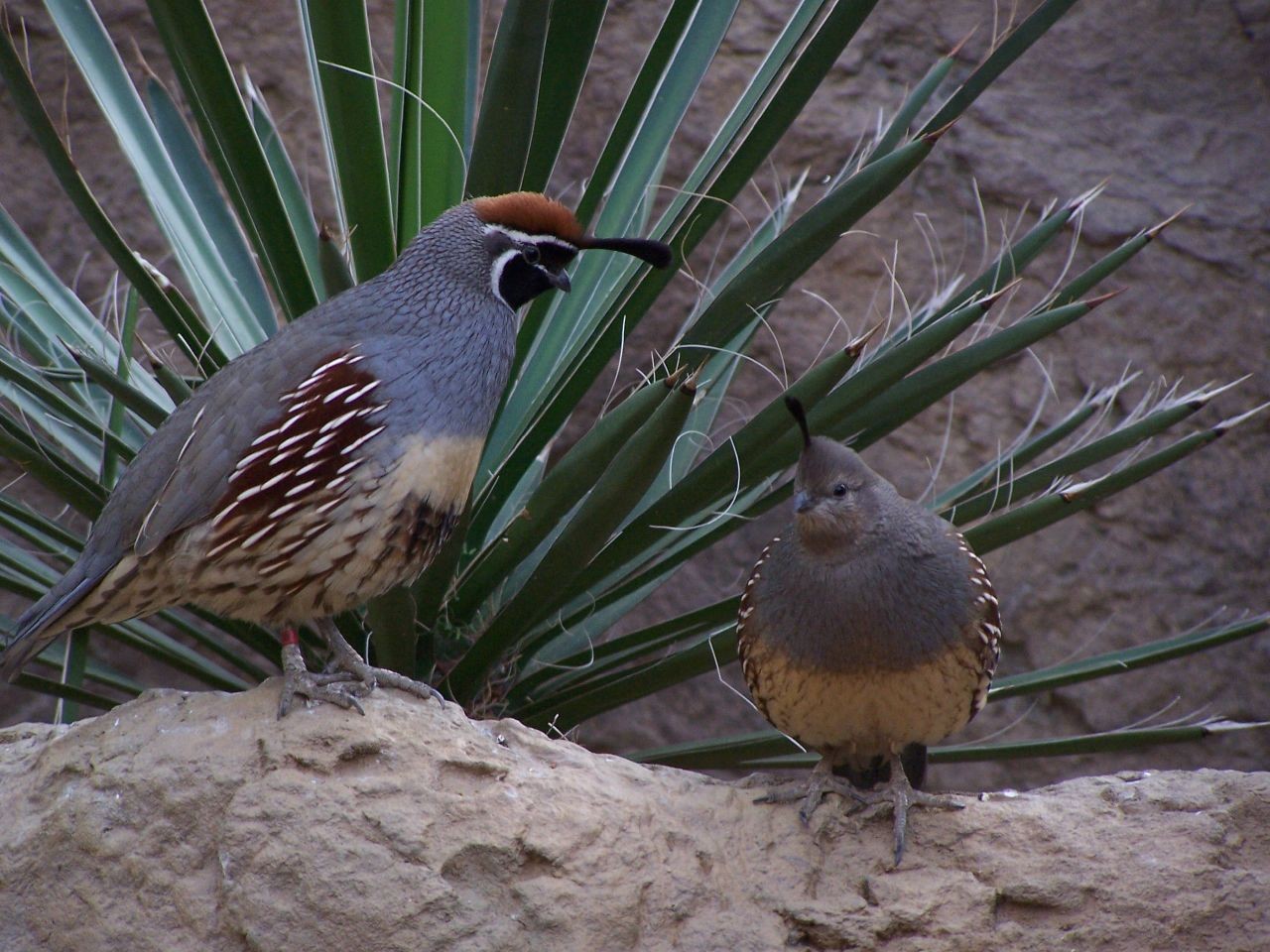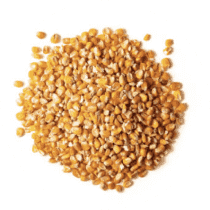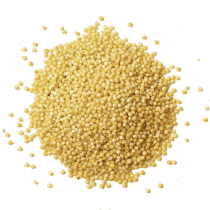Gambel's Quail
A species of Crested quails, Also known as Gambel Quail Scientific name : Callipepla gambelii Genus : Crested quails
Gambel's Quail, A species of Crested quails
Also known as:
Gambel Quail
Botanical name: Callipepla gambelii
Genus: Crested quails
Content
Description People often ask General Info
 Photo By Valerie Everett , used under CC-BY-SA-2.0 /Cropped and compressed from original
Photo By Valerie Everett , used under CC-BY-SA-2.0 /Cropped and compressed from original Description
The Callipepla gambelii birds are easily recognized by their top knots and scaly plumage on their undersides. Gambel's quail have bluish-gray plumage on much of their bodies, and males have copper feathers on the top of their heads, black faces, and white stripes above their eyes. The bird's average length is 11 in (28 cm) with a wingspan of 14–16 in (36–41 cm). These birds have relatively short, rounded wings and long, featherless legs. Its diet consists primarily of plant matter and seeds. Gambel's quail can be commonly confused with California quail due to similar plumage. They can usually be distinguished by range, but when this does not suffice, California quail have a more scaly appearance and the black patch on the lower breast of the male Gambel's quail is absent in the California quail. The two species are sister taxa which diverged during the Late Pliocene or Early Pleistocene, 1 to 2 mya. 
Size
28 cm (11 in)
Life Expectancy
1.5-4 years
Nest Placement
Ground
Clutch Size
5 - 15 eggs
Incubation Period
1 - 2 broods
Number of Broods
21 - 31 days
Feeding Habits
Gambel's Quail are primarily herbivores, foraging seeds from a variety of grasses, shrubs, trees, and cacti, as well as leaves and grass blades. They often consume seeds directly from feces. Summer to fall, berries and cactus fruits, like cholla and prickly pear, are significant in their diet. Insects complement their diet during spring and nesting, with chicks exclusively consuming animal matter initially.
Habitat
Gambel's Quail thrive in brushy deserts with dense vegetation such as thorny thickets and brushy areas, commonly found in desert regions like the Sonoran, Chihuahuan, and Mojave deserts, up to altitudes of around 5,280 feet. They favor habitats offering both cover and food, which includes washes, arroyos, and agricultural areas, particularly those with features like irrigation and native plants like mesquite and cacti.
Nest Behavior
Gambel's Quail females select concealed sites for nesting. Nest building and egg-laying occur during spring. Both parents are involved in caring for the eggs and raising the brood.
Nest Characteristics
Gambel's Quail's nests are located on the ground under shrubs or in cacti, occasionally in trees up to 32 feet high. These bowl-shaped scrapes are 1.5 inches deep, 5-7 inches across, rimmed with twigs, and lined with grass, leaves, and feathers.
Dite type
Granivorous
People often ask
General Info
Feeding Habits
Bird food type

Black Oil Sunflower Seeds

Hulled Sunflower Seeds

Cracked Corn

Millet

Milo
Bird Feeder Type

Platform

Ground
Sounds
Call
Recording location: United States
Call
Recording location: United States
Behavior
Gambel's Quail exhibit gregarious and distinctive behavior, typically seen in ground-based groups or coveys, engaging in daily foraging activities in the morning and late afternoon. Their flight is limited, often presenting as short bursts when startled or short hops to navigate obstacles. Midday, the covey seeks shaded, brushy areas for dust baths, preening, and rest. Family groups remain together until fall, with larger, multi-covey assemblages forming in winter before disbanding in spring. Males display unique courtship behaviors, including 'tidbitting' and vocalizations from elevated positions to attract mates, with some females breeding with multiple partners in a season.
Species Status
Not globally threatened.